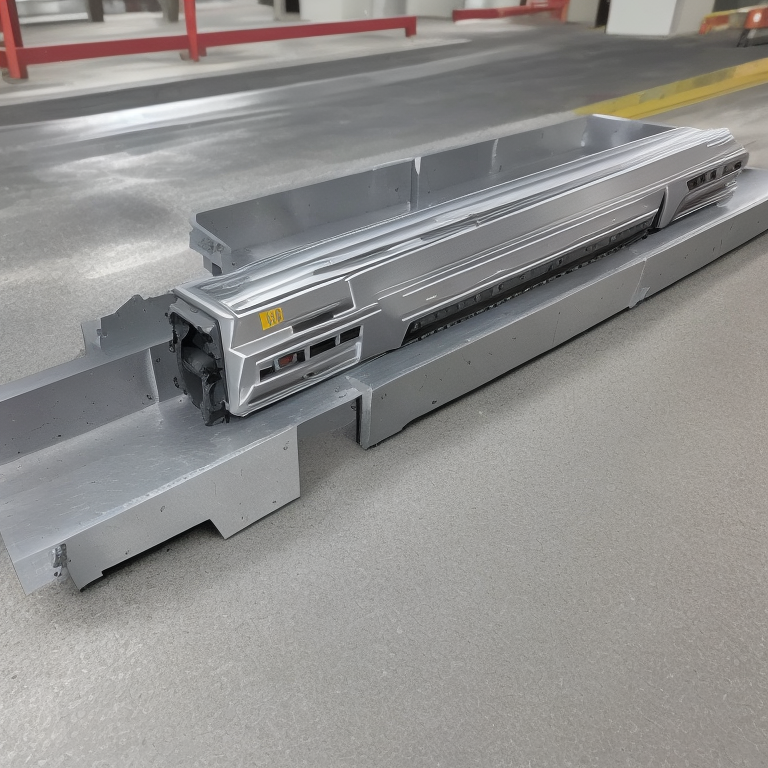When it comes to choosing the right aluminum alloy for your project, understanding the differences between various options is crucial. In this article, we will explore the characteristics, applications, and key distinctions between two popular aluminum alloys: Aluminum 5052 and Aluminum 6061. By the end, you’ll have a clear understanding of their unique properties, enabling you to make an informed decision for your specific requirements. Read here in more detail.
Aluminum 5052:
Aluminum 5052 is a non-heat treatable alloy that belongs to the 5xxx series. It is primarily composed of aluminum, magnesium, and chromium. This alloy offers excellent corrosion resistance, making it ideal for marine and saltwater applications. Its high fatigue strength and good weldability also make it suitable for structural components in various industries.
Key Features of Aluminum 5052:
Corrosion Resistance: Aluminum 5052 exhibits exceptional resistance to corrosion, particularly in harsh environments such as marine or industrial settings.
Formability: This alloy has good formability, allowing it to be easily shaped into different forms and sizes.
Weldability: Aluminum 5052 can be welded using conventional methods, providing flexibility in fabrication processes.
Surface Finish: It offers a smooth and attractive surface finish, making it desirable for aesthetic applications.
Strength and Ductility: While not as strong as some other aluminum alloys, Aluminum 5052 still provides sufficient strength and ductility for many applications.
Aluminum 6061:
Aluminum 6061 is a heat treatable alloy from the 6xxx series, primarily composed of aluminum, magnesium, and silicon. This alloy is known for its excellent strength-to-weight ratio and versatility. It finds applications in various industries, including aerospace, automotive, and structural engineering.
Key Features of Aluminum 6061:
Strength and Machinability: Aluminum 6061 offers high strength, making it suitable for load-bearing structures. It also exhibits excellent machinability, allowing for easy cutting, drilling, and shaping.
Weldability: Similar to Aluminum 5052, Aluminum 6061 is easily weldable, facilitating efficient fabrication processes.
Corrosion Resistance: While not as corrosion-resistant as Aluminum 5052, it still provides reasonable resistance in most environments.
Heat Resistance: Aluminum 6061 retains its mechanical properties at elevated temperatures, making it suitable for applications requiring heat resistance.
Anodizing Potential: This alloy can be anodized, providing enhanced surface protection and the ability to achieve different colors and finishes.
Differences Between Aluminum 5052 and Aluminum 6061:
Composition: The primary difference lies in their alloy composition. Aluminum 5052 has a higher magnesium content, while Aluminum 6061 contains silicon and lower magnesium levels.
Strength: Aluminum 6061 offers higher strength compared to Aluminum 5052, making it suitable for applications that require greater structural integrity.
Formability: Aluminum 5052 has better formability, allowing for easier bending and shaping, while Aluminum 6061 may require more force during forming processes.
Corrosion Resistance: Aluminum 5052 has superior corrosion resistance, especially in marine environments, whereas Aluminum 6061 provides reasonable resistance in most conditions.
Applications: Aluminum 5052 is commonly used in marine equipment, fuel tanks, and architectural applications, while Aluminum 6061 finds applications in aerospace components, bike frames, and automotive parts.
Conclusion:
In summary, Aluminum 5052 and Aluminum 6061 are both valuable aluminum alloys with distinct properties and applications. Aluminum 5052 excels in corrosion resistance and formability, whereas Aluminum 6061 offers higher strength and machinability. By considering these differences, you can select the most suitable alloy for your project, ensuring optimal performance and durability.





